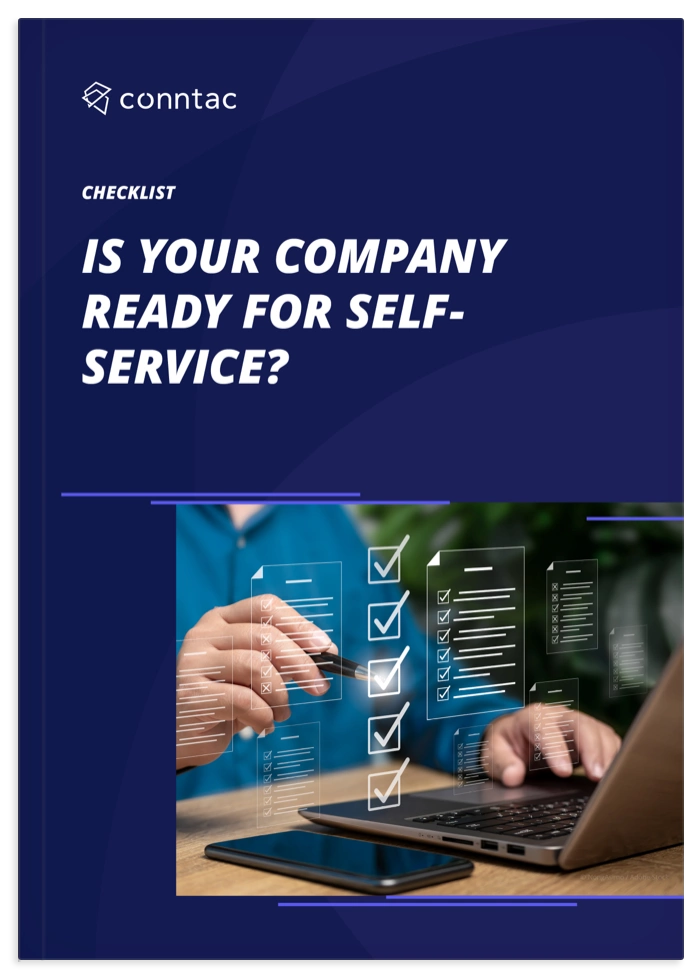Technical devices are widespread all over the world and it is impossible to imagine life without them. The markets for IoT (Internet of Things) and smart homes in particular are growing rapidly. This leads to countless service cases in all kinds of situations and sectors.
Nowadays, it is no longer enough to develop and refine a good concept to solve a specific service case. Instead, it is equally important to communicate the values and ideas behind the solution and the company, thus communicating the product concept to the customer and creating a bond.
Especially with self-service applications, the inclusion of customers and their needs is essential. But how do self-service solutions manage the balancing act between appropriate problem analysis and solution with sufficient technical depth on the one hand and a good customer experience on the other?
Intuitive user guidance – the way to success
The answer to this question is intelligent, guided and intuitive user guidance. No matter how complex an application or product is, the concept of the user interface determines whether it is also complicated to handle or whether complexity is not even apparent through intuitive user guidance. It can be seen as a key element between the users and the application and is therefore crucial for the success of the solution.
When considering self-service products for solving technical problem cases, the user guidance becomes even more important, as the application must convey highly complex technical information and yet be intuitive for everyone to use without additional help.
With a self-service solution, users can solve complex problems themselves - without in-depth technical knowledge. You only have to deal with a small, visible part of the whole application - the tip of the iceberg - while the technical part remains hidden. The user interface (UI) acts as an instruction manual for the customer's problem and guides them through the process of problem solving and other use cases.













